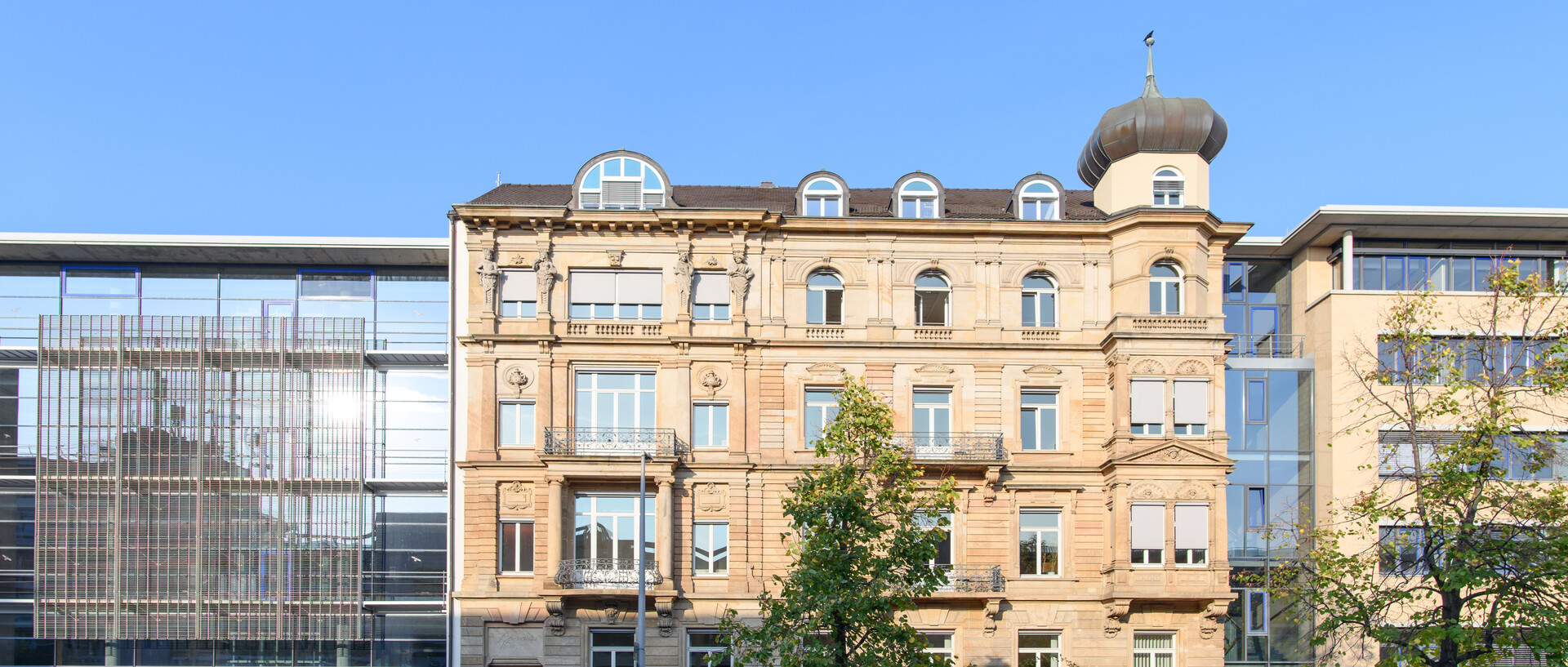Oberseminar Algebraische Geometrie (HWS 2018/
Gäste und eigene Mitarbeiter berichten über Forschungsarbeiten.
Mittwoch, 10.10.2018, 15:30–17:00, B6, 26, A302,
Prof. Dr. Alexandr Aleksandrov (Russian Academy of Sciences): Deformations of Artin algebras.
Freitag, 12.10.2018, 13:45–15:15, A5, 6, C116,
Prof. Dr. Masanori Kobayashi (Tokyo Metropolitan University): From Max-Plus algebra to tropical geometry,
with an application to scheduling problem.
Abstract: Max-Plus algebra has been effectively used in the areas such as computer science and modern control theory. The corresponding algebraic geometry was introduced as tropical geometry, and I will talk how this geometric perspective is useful also for the understanding of critical paths in a scheduling problem. This is a joint work with S. Odagiri. I will start from the basics, and if time permits, I shall also mention some recent results in tropical curves hoping a future application.
Montag, 15.10.2018, 15:30–17:00, B6, 26, A303,
Prof. Dr. Martin Guest (Waseda University): The (enhanced) Coxeter plane.
Abstract: The Coxeter Plane is obtained from the root system (of a Lie algebra) by projecting the roots to a certain 2-dimensional plane. The resulting picture has aesthetic appeal – it was discovered by Coxeter in his investigations of polytopes – but rarely appears in the Lie theory literature. We shall give another description of the Coxeter Plane, arising (in a rather unexpected way) from the theory of ordinary differential equations.
Freitag, 30.11.2018, 13:45–15:15, A5, 6, C116,
Dr. Murad Alim (Universität Hamburg): BPS variation of Hodge structure.
Abstract: The study of BPS states in families of supersymmetric quantum field theories has been a fruitful source of interaction between mathematics in physics. Mathematically, BPS states of a given physical theory correspond to stable coherent sheaves on a Calabi-Yau (CY) threefold or to special Lagrangian submanifolds of the mirror CY. It is central to the study of BPS states that their stability conditions can be varied leading to wall-crossing phenomena.
In this talk, I will first review how quiver representation theory can be used to study BPS states and then discuss a geometric realization of BPS states
as trajectories of constant phase of a meromorphic quadratic differential on a Riemann surface. A variation of Hodge structure can be associated to this setup and allows one to formulate wall-crossing phenomena in terms of VHS data. This is based on joint work with Florian Beck and Anna Biggs.
